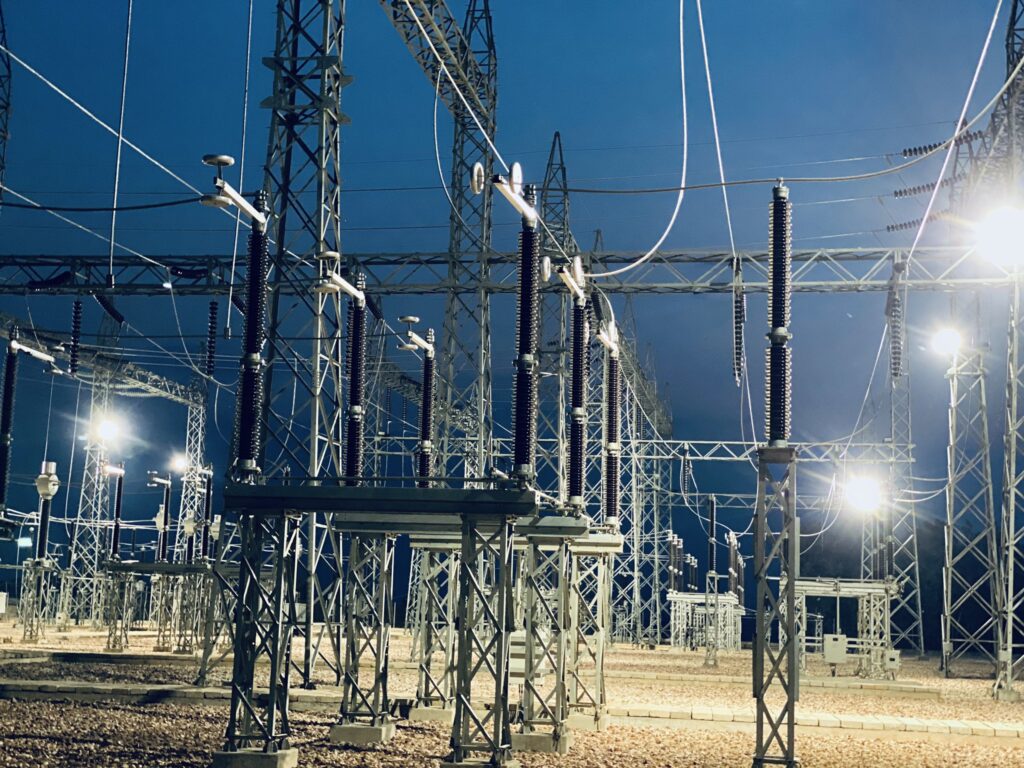The rivers of Burundi, despite being sources of water for the country also serve in generating hydroelectric power. These fast-flowing rivers can provide abundant supplies of power if utilized properly as renewable sources of energy that could electrify all Burundian facilities.

Throughout the country, the government of Burundi has implemented hydropower projects to avail power nationwide. Different constructions are on their completion stages including Rusumo hydropower multi-project, Kaburantwa, and Mpanda
During his visit to the sites on Thursday the 10th of September, 2021 the Minister of Hydraulic, Energy and Mines, Ibrahim Uwizeye reported that activities are ongoing at Kaburantwa construction, now at 63% of completion.
“We expect the station to be ready by November 2021 as all necessary materials have been supplied at 90%. We have given to the engineers 15 months to complete the site after which we will not accept any delay,” said Mr. Uwizeye.
As for the sites of Mpanda, there was a slight delay but activities will resume soon, said Leonidas Sindayigaya, the spokesperson of the Ministry of Hydraulic, Energy and Mines.
He added that by 2025 the all communes will be electrified in regard to the president of Burundi Evariste Ndayimiye wishes.
The country, from North to South, West to East is drained with rivers. The main being Rusizi and Malagarazi that inflow the Lake Tanganyika hence being part of the Congo basin. Ruvubu and Kagera head to Lake Victoria to finish up to the Nile River.
The four main rivers have their tributaries that feed them. Each commune has more than one river according to experts. 2020 World Bank study revealed that 10% of Burundi is made up of water mainly rivers, lakes as well dams
However, experts cried foul over unused water resources. Faustin Ndikumana, economic expert, qualifies it as “recklessness over wealth”.
The variety of water facilities and services they can provide contribute to poverty alleviation, economic growth and environmental sustainability, he said.
According to ISTEEBU (Burundian Institute of Statistics and Economic studies) recent data, Burundi’s hydroelectric potential has been estimated at 1700 MW, of which about 300MW is economically accessible. At the time being, less than 50MW is exploited.
The tripartite Rusumo Hydropower project implementation is accelerated as reception centres have been renovated. The first one was Gitega where last week were held activities to enlarge it.
In a statement, REGIDESO (Burundi supplier of power and water) said that there would be restrictions on power’s supply in the regions of Muramvya, Karusi, Ruyigi, and Gitega from the 8th to 10th of September, 2021 due to activities to update and widen the centre.
According to Davy Majambere, Power System Engineer and one of the coordinators, minor activities are to be wrapped up at the Regional Rusumo Falls Hydropower Project, 220 kV Rusumo Falls- Muyinga-Gitega including transmission line and associated substations Component respectively at 95% and 100% of completion.

The main power production facilities and substation of the Rusumo are located in Tanzania and Rwanda, respectively at the southern and northern bank of the Kagera River.
The progress has been made. The 80MW Power Plant construction is expected to start operations as of December 2021.
“Civil contractor is almost completing his work in February 2022 with site restoration and cleaning to follow into 2022. The dam is planned to be wet in September 2021,” said Alloyce Oduor while updating journalists at the Seventh Nile Basin Journalists Training in Entebbe, Uganda in June.
Hydropower is the most important technology for power generation in Burundi, representing 95% of the total national generation capacity.
With the onset of the war, production has reduced from 131.9 GWh in 1995 to 95.5 GWh in 1996, which is a decrease of 25% while the growth rate of the number of connected customers decreased by 8%.
Burundi faces severe constraints in electricity supply. The supply deficit currently varies between 12.9 MW during the wet season and 23.5 MW during the dry season when the country’s main hydropower plants are running at reduced capacity. The deficit in the power supply leads to frequent outages, report the World Bank.
According to energypedia research a collaborative renewable energy platform, a large percentage of firms in Burundi have their own back-up generator, or share access to one.
In the meantime, back-up generators typically cost US$ 0.40 to US$ 0.50 per kWh to run, cutting into business profits and reducing the ability of local business to compete in regional and international markets.
The impact of power cuts is considered as one of the key hurdles to economic growth. Demand for electricity is expected to continue to rise steadily as the economy improves. Huge demand occurs during the evening hours and emanates mainly from household lighting needs.



